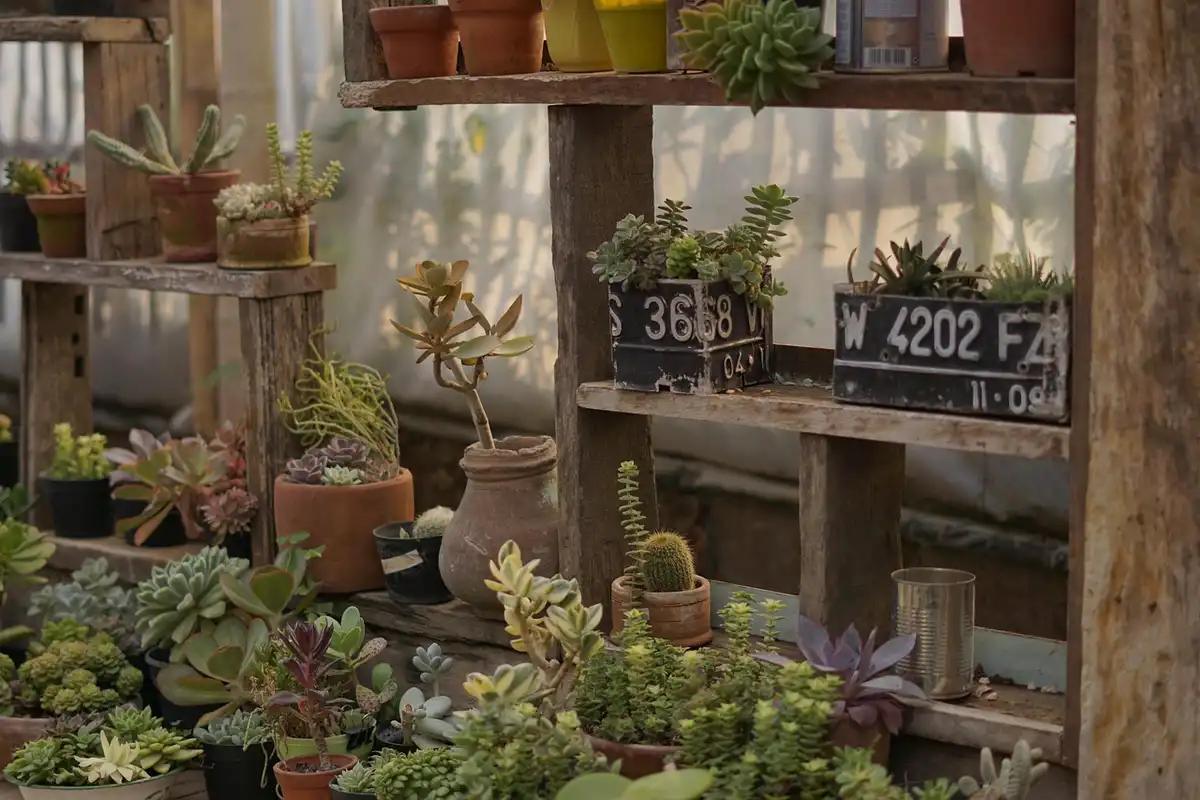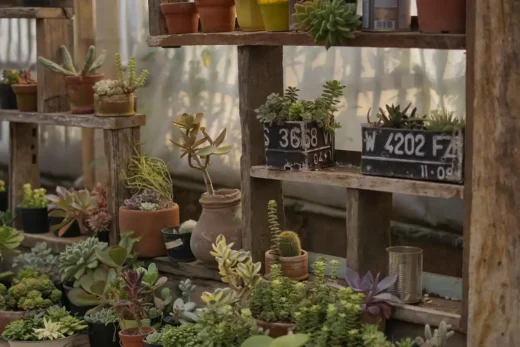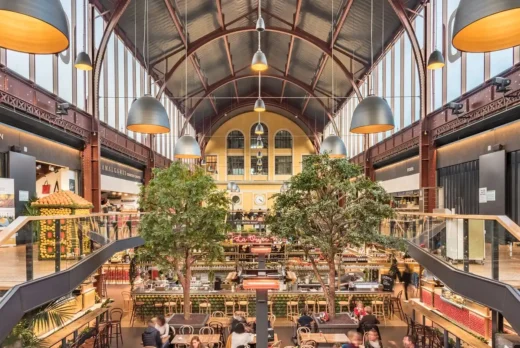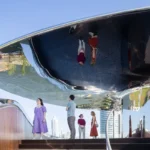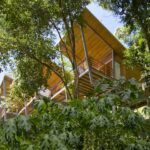Styling your space with statement plants, Home architectural innovation, Modern living design style
Green is the New Black: Styling Your Space with Statement Plants
28 June 2025
In the evolving world of interior design, few elements offer the blend of aesthetic value, wellness benefits, and timeless appeal quite like plants. Yet it’s no longer about succulents scattered on windowsills. Today’s interiors demand statement plants—bold, sculptural, and spatially aware greenery that behaves less like décor and more like design architecture.
From residential to retail, plants are becoming key protagonists in the designer’s toolkit. But to use them effectively, one must go beyond Pinterest trends and understand how scale, context, light, and visual tension work together to turn plants into powerful design statements.
This guide is for designers who want to use plants not as an afterthought, but as an integral layer in spatial composition.
Section 1: Why Statement Plants Now?
We’re living in the age of biophilic design, where the boundaries between nature and interior environments are dissolving. But the renewed emphasis on statement plants comes from several converging factors:
1. A Shift Toward Wellness-Oriented Spaces
Post-pandemic, clients are asking for interiors that feel calm, grounded, and alive. Studies published in Environmental Psychology journals have linked indoor plants to:
- Reduced cortisol levels (stress hormone)
- Higher levels of concentration and productivity
- Improved indoor air quality (removing pollutants like formaldehyde and benzene)
As wellness becomes a central design pillar, plants aren’t optional—they’re foundational.
2. The Need for Sculptural Anchors in Open Spaces
With the popularity of open floor plans and minimalist design, there’s a recurring challenge: what anchors a space without adding visual noise? Plants, particularly tall or unusual species, can function like architectural columns or art installations—defining zones without blocking sightlines.
3. Sustainability as Aesthetic
Today’s design clients aren’t just interested in “green looks,” but green values. Plants reflect care, growth, and an evolving relationship with nature. They suggest a lived-in, curated space that is sustainable, not disposable.
Section 2: Design Principles for Using Statement Plants
When incorporating statement plants, consider them as both form and function. A successful integration requires attention to six key design principles:
**1. Scale & Proportion
A Bird of Paradise or Fiddle Leaf Fig in a 6-foot form can command the same attention as a designer light fixture—but only when used in proportion to ceiling height, furniture scale, and spatial volume.
Pro Tip: In rooms under 2.5m high, opt for tall-but-slim silhouettes like Bamboo Palm or Kentia Palm rather than wide-spreading plants that overwhelm.
2. Negative Space
Don’t crowd a statement plant. They work best when surrounded by breathing room. Use negative space to allow their form to shine, especially in minimal or modern interiors.
Think of a large Monstera Deliciosa in a corner with just a sculptural side table nearby—giving it presence, not clutter.
3. Repetition vs. Contrast
Use repetition when working with structured interiors (e.g., lining a corridor with the same plant in matched planters). Use contrast when a space feels flat and needs life—a wild, textured plant can meaningfully disrupt symmetry. Find some great deals on wholesale planters that fit your project budget.
4. Planter as Pedestal
The planter should feel curated. Treat it like a piece of furniture:
- In Japandi design: use matte ceramics or raw concrete
- In Mid-Century spaces: opt for teak stands and terracotta
- In glam or luxe spaces: brushed gold or marble bases elevate the botanical focal point
5. Layering with Lighting
Don’t just consider natural light needs—use lighting to dramatize. Uplighting a tall palm or spotlighting a Monstera at night can extend the plant’s impact beyond daylight hours.
6. Functional Placement
In commercial spaces, plants can define space while improving acoustics and air quality. A group of dense, leafy plants can soften sound in a hard-surface reception area. In residential design, they’re perfect for transitional zones—entryways, landings, or unused corners.
Section 3: 10 Designer-Approved Statement Plants for 2025
Here’s a curated list of plants designers are favoring in current commercial and residential projects, based on interviews and trend forecasts:
| Plant Name | Why Designers Love It | Best For |
| Fiddle Leaf Fig (Ficus lyrata) | Bold, violin-shaped leaves. Iconic silhouette. | Minimalist, transitional |
| Olive Tree (Olea europaea) | Airy, organic structure. Soft grey-green tones. | Mediterranean, rustic-modern |
| Bird of Paradise (Strelitzia reginae) | Tall, tropical, dramatic fan leaves. | Loft-style, coastal, resort |
| Monstera Deliciosa Thai Constellation | Variegated cream/green patterns. Collectible. | Trend-forward, eclectic |
| Rubber Plant (Ficus elastica ‘Burgundy’) | Deep green to wine-toned leaves. | Dark, moody interiors |
| Alocasia ‘Polly’ or ‘Amazonica’ | High-contrast leaf veining. Compact but sculptural. | Maximalist or editorial designs |
| Kentia Palm | Graceful, vertical. Easy care. | Scandinavian, Japandi |
| Ponytail Palm (Beaucarnea recurvata) | Whimsical, bulbous base. | Boho, contemporary |
| ZZ Plant Raven (Zamioculcas zamiifolia) | Glossy black leaves. Low light. | Urban/industrial spaces |
| Fan Palm (Licuala grandis) | Circular, pleated leaves. Exotic and graphic. | Boutique hotels, art deco-inspired homes |
Section 4: Common Mistakes Designers Should Avoid
Even well-meaning designers fall into common pitfalls when adding plants. Here are three to avoid:
1. Choosing Trend Over Climate
Some plants that trend well on Instagram (like Fiddle Leaf Figs) can be extremely finicky. Avoid installing high-maintenance plants in spaces without proper light, airflow, or care plans.
Solution: Work with a horticultural consultant or specify maintenance in your project handover.
2. Ignoring Light Mapping
Interior designers often plan lighting for humans, not plants. Use a light map to determine natural light levels at different times of day and place plants accordingly.
3. Over-Decorating the Plant Area
A statement plant is most effective when it’s not competing for attention. Avoid placing art, shelves, or too many objects in close proximity unless you’re intentionally creating a maximalist cluster.
Section 5: Design Applications Across Sectors
Residential
- Luxury Homes: Use oversized palms to balance high ceilings in double-height living rooms
- Apartments: Incorporate narrow, upward-growing species to save floor space
Hospitality
- Hotels: Plants are being used in lobbies as sculpture. Consider rotating botanical installations.
- Restaurants: Plants create softness and divide space while contributing to ambiance and acoustics
Retail
- Concept Stores: Use rare or architectural plants as brand signatures or window-dressing features
- Pop-Ups: Install modular planters with casters to adapt displays based on seasonality or layout
Conclusion: Plants as Living Architecture
In 2025 and beyond, interior designers who treat plants as architectural and narrative tools—not decorative afterthoughts—will create richer, more resonant spaces. Statement plants offer designers a new design vocabulary rooted in nature, but executed with precision, proportion, and artistry.
Whether you’re working on a beachfront villa, a boutique café, or a contemporary condo, bold botanicals are your opportunity to design not just spaces—but experiences.
Comments on this guide to Styling your space with statement plants article are welcome.
Architecture
Recently added Building posts
How biophilic architecture is bringing nature indoors
Managing outdoor space maintenance in school settings
Sustainable property management
Workspace Building Design
Comments / photos for the Styling your space with statement plants page welcome.

